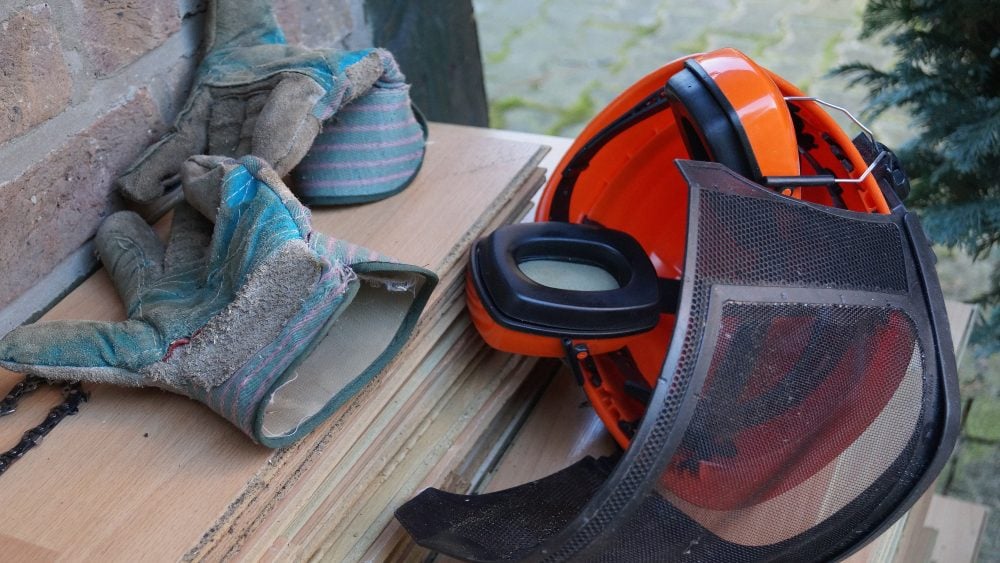PPE (Personal Protective Equipment) is apparel or gear designed to reduce a worker’s risk of injury or illness. PPE includes, but is not limited to, hard hats, safety goggles, respirators, and work boots. When PPE is ill-fitting, it can cause safety risks, for instance: coveralls that are too large can pose tripping hazards. Improperly fitting PPE can also contribute to a worker’s decision to forego use: i.e. gloves that are too small (and therefore restrict hand motion). It’s important to consider fit, size, and function when procuring PPE.
Fit Matters
For some PPE, the importance of an appropriate fit is universally recognized. For example, respirators must be appropriately fitted to a wearer to ensure that he/she is not exposed to potentially harmful vapours and fumes.
It’s important that workers and employers recognize that safety gear, from work boots to coveralls, ear plugs to hard hats, can negatively contribute to worker illness and injury if improperly fitted. Ill-fitting ear plugs will not protect ears from hearing damage.
One Size Does Not Fit All
When purchasing PPE, keep in mind that not all workers are shaped the same. Considerations should include height, weight, body type, fit, functionality, range of motion, and comfort.
Gender Considerations
It’s also important to consider the wearer. For instance, women should be discouraged from simply purchasing a smaller size of men’s work boots. Experts state that women’s feet, on average, have narrower feet. This means that, generally, work boots designed for men’s feet will not provide the same fit for women.


Comments are closed.